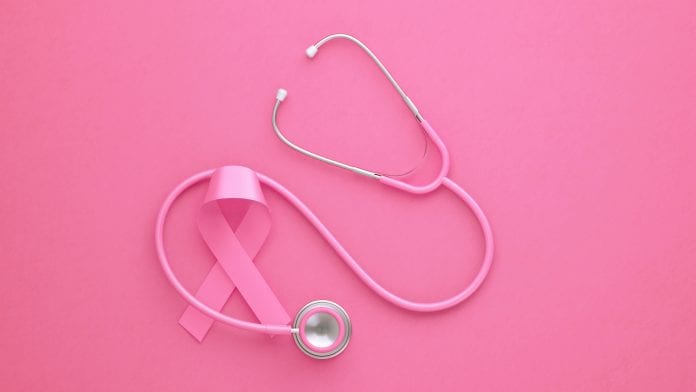It’s been a long day at the office. Your boss chewed you out for something you didn’t do right. You get home and your husband is grouchy, the kids are whiny, and no one fed the dog. You throw a frozen dinner in the oven and use the time until it is ready to mop the floor with the disposable mop.
People are so busy living – juggling schedules, managing households, pursuing passions – that they rarely take the time to consider whether their grab-and-go lifestyles are actually working for them. The reality is that the convenience of modern life has come at a price to health: Americans are exposed to over 85,000 synthetic chemicals in the course of a lifetime, and most of these chemicals have not been tested for human safety. Federal regulations only require notification of the existence of chemicals, with no rules governing testing or oversight of safety.
From preservatives in lipstick to flame retardants in our mattresses to pesticides on our fruits and vegetables, evidence is mounting that there is a connection between toxic overexposure and breast cancer. Consider this:
According to the University Of Columbia School Of Public Health, 95% of all cancer is due to diet and the accumulation of toxins.
As the use of chemicals has risen in industrialized countries, so have the rates of breast cancer and other cancers.
Many industrial chemicals are xeno-estrogens, or false estrogens that mimic estrogen in the body and increase the risk of breast cancer.
Add to that electro-pollution (cellphones, cellphone towers, wi-fi, electrical appliances and gadgets), household toxins, personal care product toxins and 17 newly-identified potential breast carcinogens, and you are faced with some decisions about your lifestyle.
What are these newly-identified chemicals that have been marked with the highest priority for breast cancer prevention? A study published last year in Environmental Health Perspectives revealed some surprising sources of toxic chemical exposure. They are chemicals related to:
Gasoline, diesel and other vehicle exhaust
Flame retardants
Stain-resistant textiles
Paint removers
Disinfection byproducts in water
Acrylamides from food cooked at high temperatures
Hormone stimulators and endocrine disruptors
Pharmaceuticals that induce mammary tumors
The study identified 216 chemicals that increase mammary gland tumors in laboratory animals. These chemicals have also been associated with breast cancer in women. Researchers narrowed those 216 chemicals down to 102 chemicals that large numbers of women are known to be exposed to on a regular basis. Exposure occurs through food, medications, air pollution and consumer products. The chemicals were grouped based on exposure, carcinogenic potential and chemical structure into 17 types of chemicals and their biomarkers, resulting in The Sneaky 17.
Seven tips to reduce exposure to the Sneaky 17
An essential for healing and preventing breast cancer naturally is to reduce your toxic exposure. How can you avoid these chemicals that have slipped into daily life? Start by being a conscious consumer.
Here are 7 tips from the Silent Spring Institute, an independent research organization dedicated to breast cancer prevention, to reduce your toxic exposure:
Lessen exposure to fumes from gasoline and exhaust from diesel or other fuel combustion
Use a ventilation fan when you cook, and limit consumption of burned or charred food
Find a dry-cleaner who does not use PERC or other solvents; ask for “wet cleaning”
Use a solid carbon block drinking water filter
Avoid stain-resistant rugs, furniture and fabrics
Ask for furniture that does not contain flame retardants
Chemicals accumulate in dust: Remove shoes at the door, vacuum with a HEPA filter, and clean with a damp rag or mop
There are also ways to detoxify the body on a regular basis in order to prevent the accumulation of toxic chemicals. Occasional fasting, infra-red mats and saunas are a great place to start. A day at the spa or regular yoga practice can increase the body’s ability to handle stress that is caused by toxins.
Prevention is the best way to heal breast cancer. The new findings about toxic chemicals empower people to take steps to minimize their exposure and stay healthy longer. What will you do for your health?








